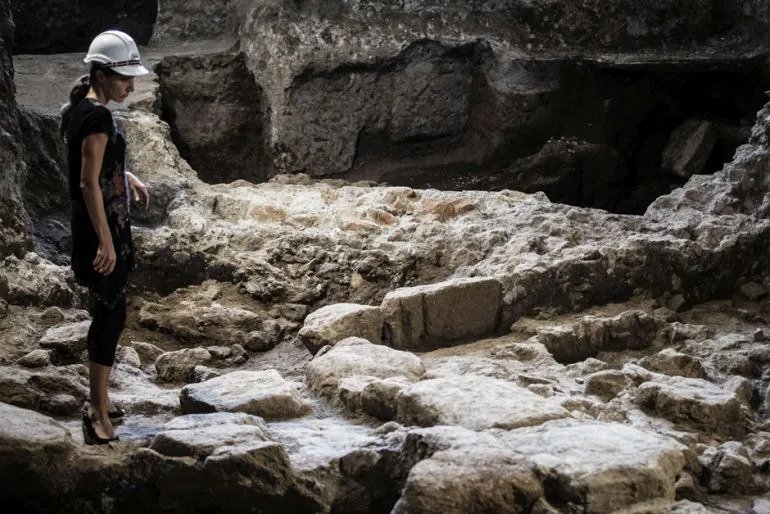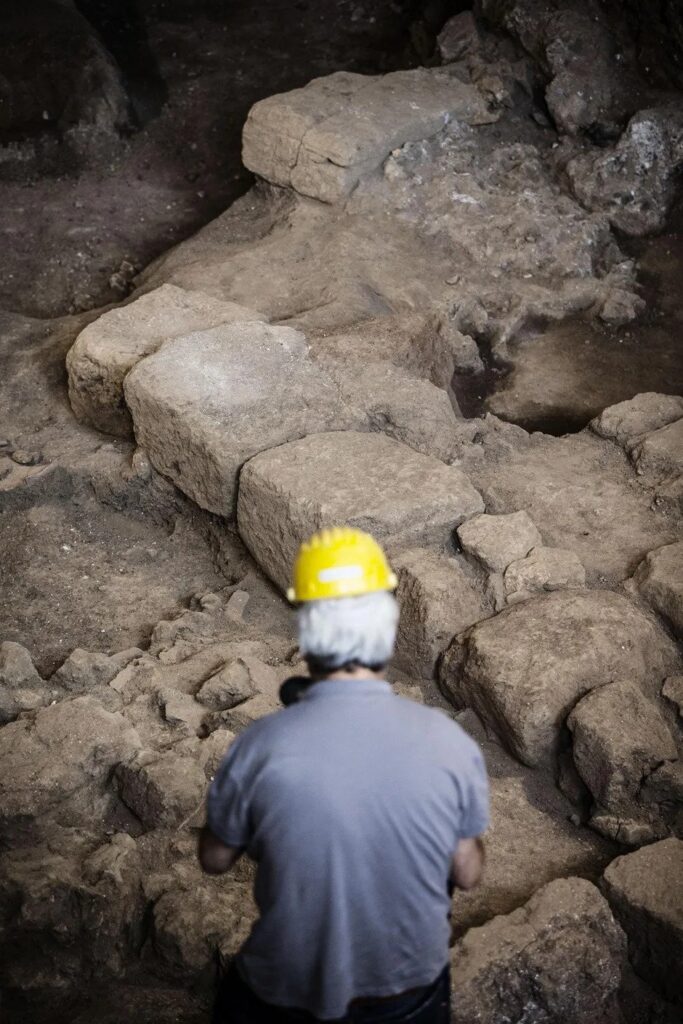Archaeologists discover ancient Rome may have been much larger than previously believed
The discovery made in 2015 of a large, 2500-year-old residence, in the central part of Rome, points to the possibility that the ancient city was considerably bigger than previously thought during its archaic period.
Found on the Quirinal Hill, somewhere between modern-day Via Veneto street and the Termini train station, the ancient rectangular house is remarkably well-intact, complete with clay-smeared walls, wooden beams and even a roof.
Although currently the location of the official residence of Italy’s Head of State, Sergio Mattarella, the Quirinal Hill was originally included within the city’s borders during the reign of the sixth Roman king, Servius Tullius.
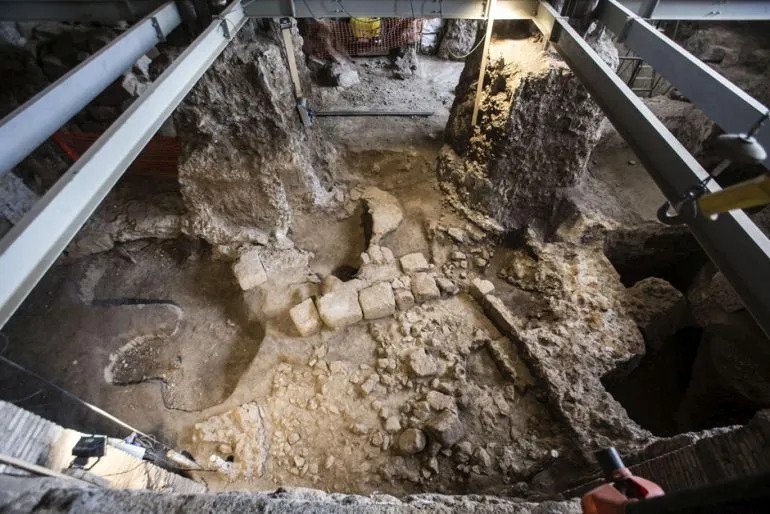
Tullius was known for instituting the famous Servian Constitution, which made a departure from the ‘tribal’ institutions of curia and gentes and divided the society into five different classes (classis) according to wealth.
In any case, up until now, historians believed that the Quirinal was a sacred place, housing a number of temples and also a necropolis.
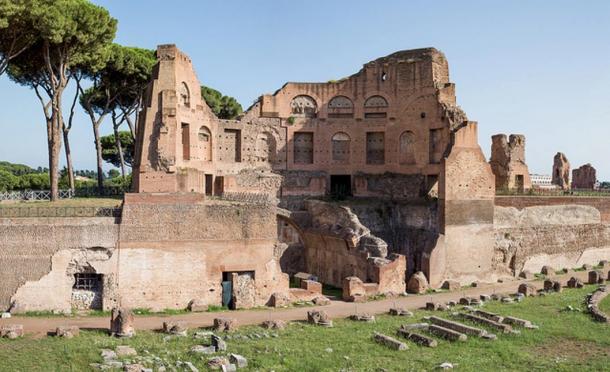
The residential areas, it was previously thought, were situated close to the Forum, towards the south of the city. Speaking about the find, Francesco Prosperetti, of the Archaeological Heritage of Rome, said (in 2015):
This is an exceptional find, among the most important of the last 10 years… The remains of this house from the beginning of the sixth century BC is an almost unparalleled example of ancient archaic architecture in this city.
Constructed atop a commonly-found volcanic stone, known as tufa, the newly-uncovered house consisted of two rooms, with the porch acting as the main entrance. Further, the site contains several distinct clues that suggest the building was used for residential purposes.
According to Mirella Serlorenzi, the head of the excavation team, it could have been the residence of a custodian in charge of looking after a nearby temple, which was unearthed back in 2013. Serlorenze said:
At the beginning of the sixth century BC, Rome was much larger than we previously thought before this latest discovery.
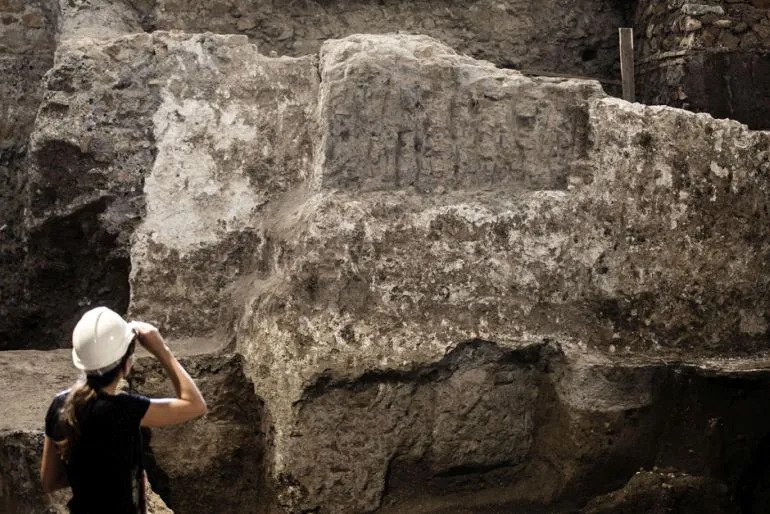
In addition to being centered at the Forum, archaic Rome, researchers think, was spread over a much larger area than originally believed.
Darius Arya, an archaeologist who was then involved with the excavation works at Ostia Antica, added:
Many grand projects of restoration going on now are focused on the monuments we know, like the Colosseum and the Trevi Fountain, but there is much of Rome’s history that is not so well-preserve. What is so amazing is that this discovery dates back to Archaic Rome, a crucial period – the regal period — that made Rome so great.
